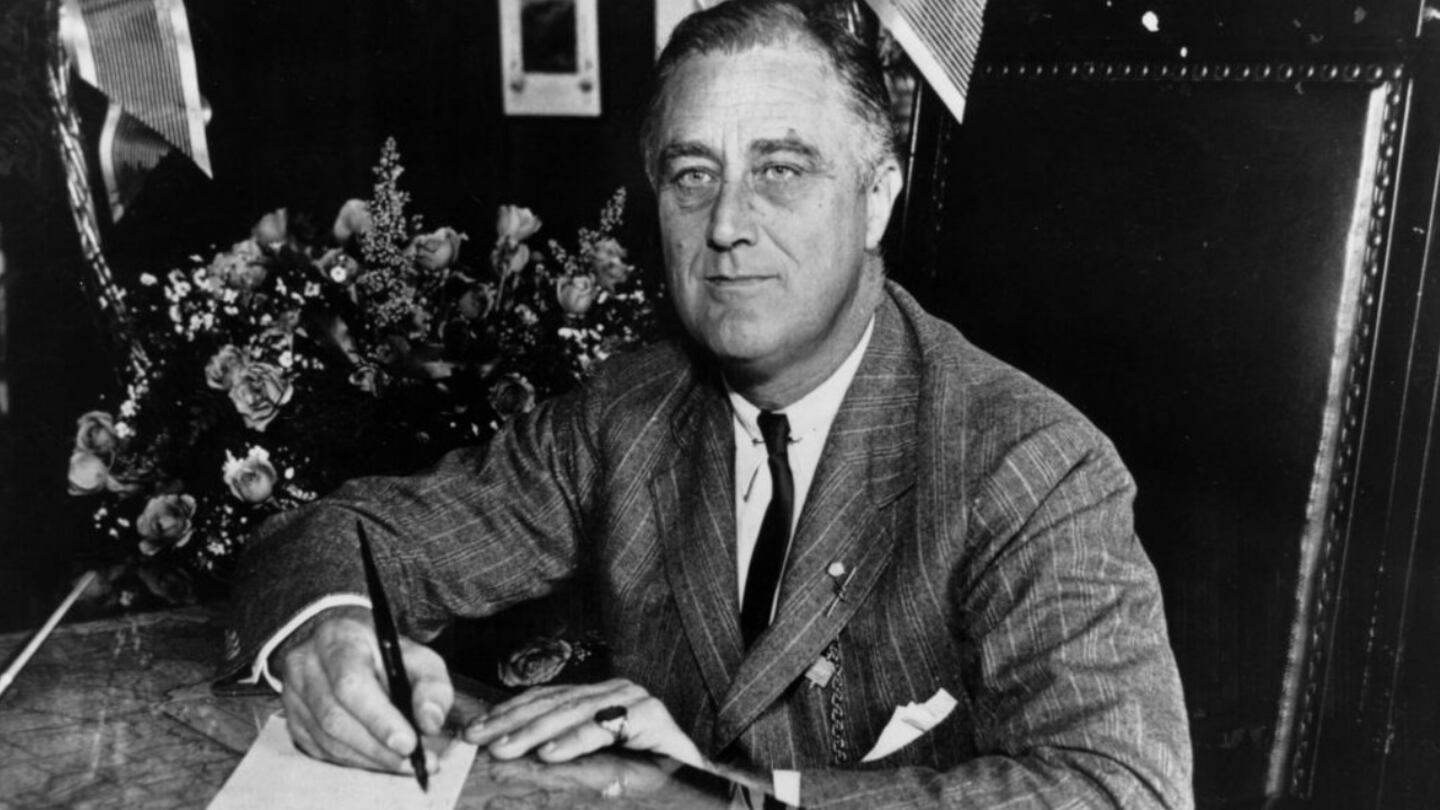Politics and the Supreme Court have been intertwined before, so the idea of changing the number of justices under Joe Biden’s administration is not new.
John Adams, Thomas Jefferson, Andrew Jackson, Abraham Lincoln and Ulysses S. Grant have successfully taken advantage of the option. More famously, Franklin D. Roosevelt was thwarted in his effort to “pack the court.”
The president, however, does not make the final decision. The number of justices on the Supreme Court is not set by the Constitution, but it is determined by Congress. And when a party controls the presidency and Congress, the chances for altering the number of justices increases.
The Judiciary Act of 1789, signed into law by President George Washington on Sept. 24, 1789, assigned six justices to the Supreme Court. When the Federalist Party lost its majority in Congress after the election of 1800, the lame-duck legislation reduced the number to five, The New York Times reported. That was done with the hope of preventing Thomas Jefferson, the incoming president, from being able to make an appointment.
However, that number was repealed by the new Congress, and the total was returned to six. In 1807, Congress increased the size of the court to seven, giving Jefferson that extra appointment.
>> What does ‘packing the court’ mean and why are Democrats talking about it?
In 1837 the Supreme Court was expanded to nine justices, which allowed President Andrew Jackson, a Democrat, the chance to appoint two justices.
During the Civil War, the court was increased to 10 justices to ensure a pro-Union majority on the bench, the Times reported. When Andrew Johnson, a Democrat, became president upon the assassination of Lincoln, the Republican-controlled Congress passed legislation in July 1866 to shrink the court’s size to seven.
The number increased three years later. On April 10, 1869, Congress passed an act to amend the judicial system, increasing the number of justices to nine. The law took effect in December 1869.
That led to a controversy when the votes of the two new justices nominated by Grant in February 1870, and confirmed by the Senate, helped overturn a case involving paper currency. By a 4-3 opinion in Hepburn v. Griswold, justices ruled that three legal tender acts of 1862 and 1863, giving the federal government authority to issue “greenbacks,” was unconstitutional. When the Supreme Court reconvened in 1870, Grant appointees William Strong and Joseph P. Bradley were part of a 5-4 majority that reversed the court’s decision.
Sixty-six years later, Roosevelt was reelected in 1936 with the largest popular vote in history to that point. He also had the best showing in the Electoral College since 1820, when James Monroe basically ran unopposed (he won 231-1 in the Electoral College, with one elector casting a ballot for John Quincy Adams). Roosevelt defeated Alf Landon 523-8 in the Electoral College, carrying 46 of the nation’s 48 states.
Roosevelt’s New Deal had been coming under attack by the Supreme Court. Four of the justices – Pierce Butler, James Clark McReynolds, George Sutherland and Willis Van Devanter – were opposed to the programs put forth by the president. They were called “the Four Horsemen” by reporters, and in 1935, a fifth justice, Owen Roberts, began voting with them to create a conservative majority in the court.
Over the next year, the Supreme Court would strike down the linchpins of the New Deal, including the National Recovery Administration by a unanimous decision and Agricultural Adjustment Act by a 6-3 margin. The court ruled that the laws delegated an unconstitutional amount of authority to the executive branch.
On Feb. 5, 1937, Roosevelt proposed the Judicial Procedures Reform Bill of 1937, a plan to expand the Supreme Court to as many as 15 justices. His plan provided retirement at full pay for all members of the court who were 70 or older. If a justice refused to retire, an assistant with full rights would be appointed.
Critics from both parties saw through Roosevelt’s plan, claiming that the president was trying to neutralize those justices hostile to the New Deal.
However, before the bill came to a vote, the Supreme Court upheld as constitutional the National Labor Relations Act and the Social Security Act. That rendered Roosevelt’s court-packing plan unnecessary, and in July 1937, the Senate overwhelmingly rejected the proposal by a 70-22 margin.
Adding justices only requires a majority vote in both houses of Congress and the president’s signature. If all are controlled by the Democrats, the apparent conservative majority in the Supreme Court could very well be erased.
Cox Media Group







